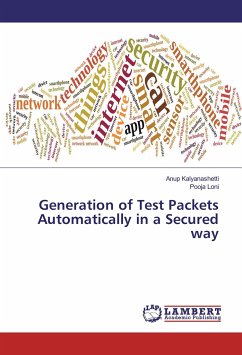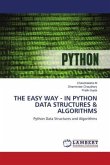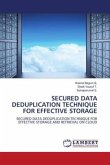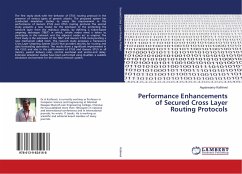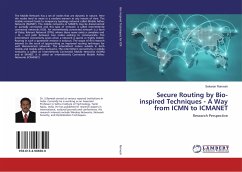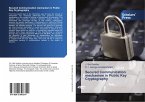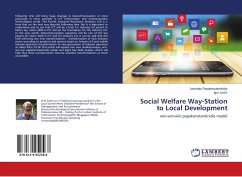Networks are getting larger and more complex, yet the administrator rely on the most basic tools such as ping and traceroute to fix problems. It will be proposed with an automated and systematic approach for testing and to debug the networks called as "Test Packet Generation". This system reads router configurations and generates a device-independent model. The model is used to generate as possible as minimum set of test packets to exercise every link in the network or exercise every rule in the network. Test packets are sent periodically, and detected failures trigger a separate mechanism in order to localize the fault. This system can detect both functional (e.g., incorrect firewall rule) as well as performance problems (e.g., congested queue). It supplements yet goes past prior work in static checking (which can't distinguish liveness or execution blames) or failing restriction (which just restrict deficiencies given liveness results). It's been implemented in the two real world data sets named as Stanford backbone network and the internet2. The results are surprising as it took very less number of test packets to check all the rules of the network.
Bitte wählen Sie Ihr Anliegen aus.
Rechnungen
Retourenschein anfordern
Bestellstatus
Storno

